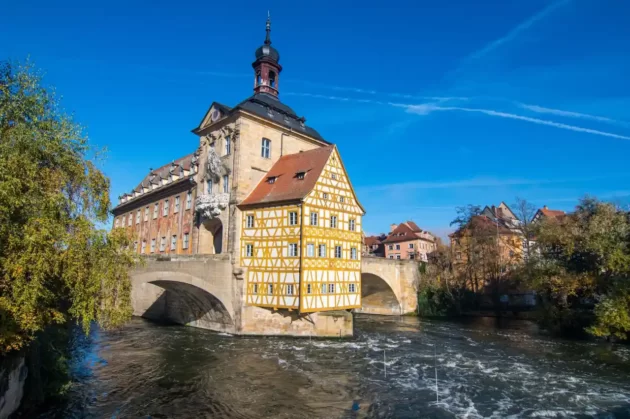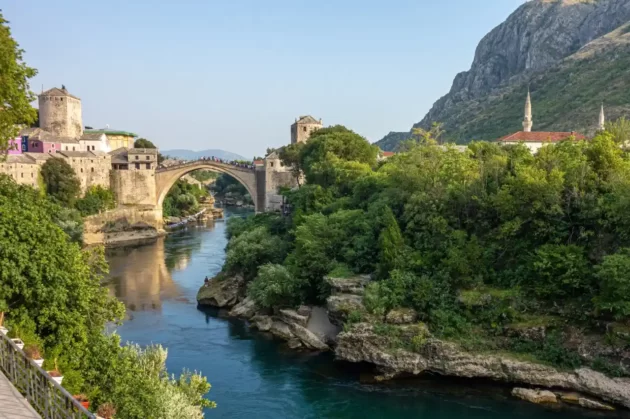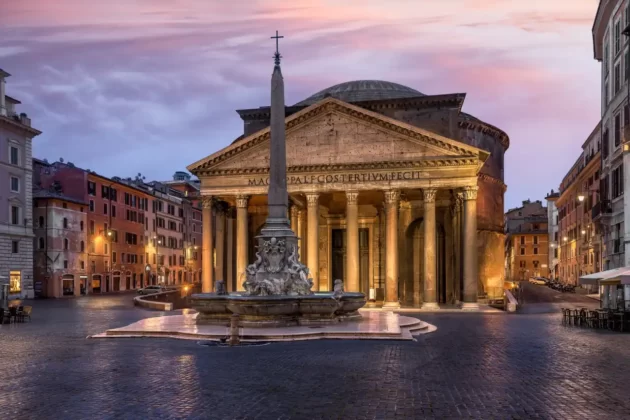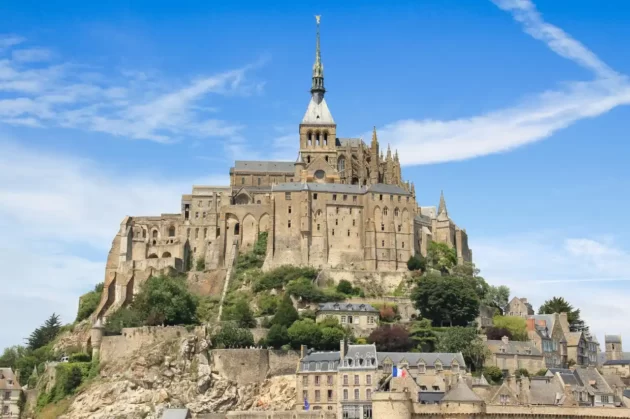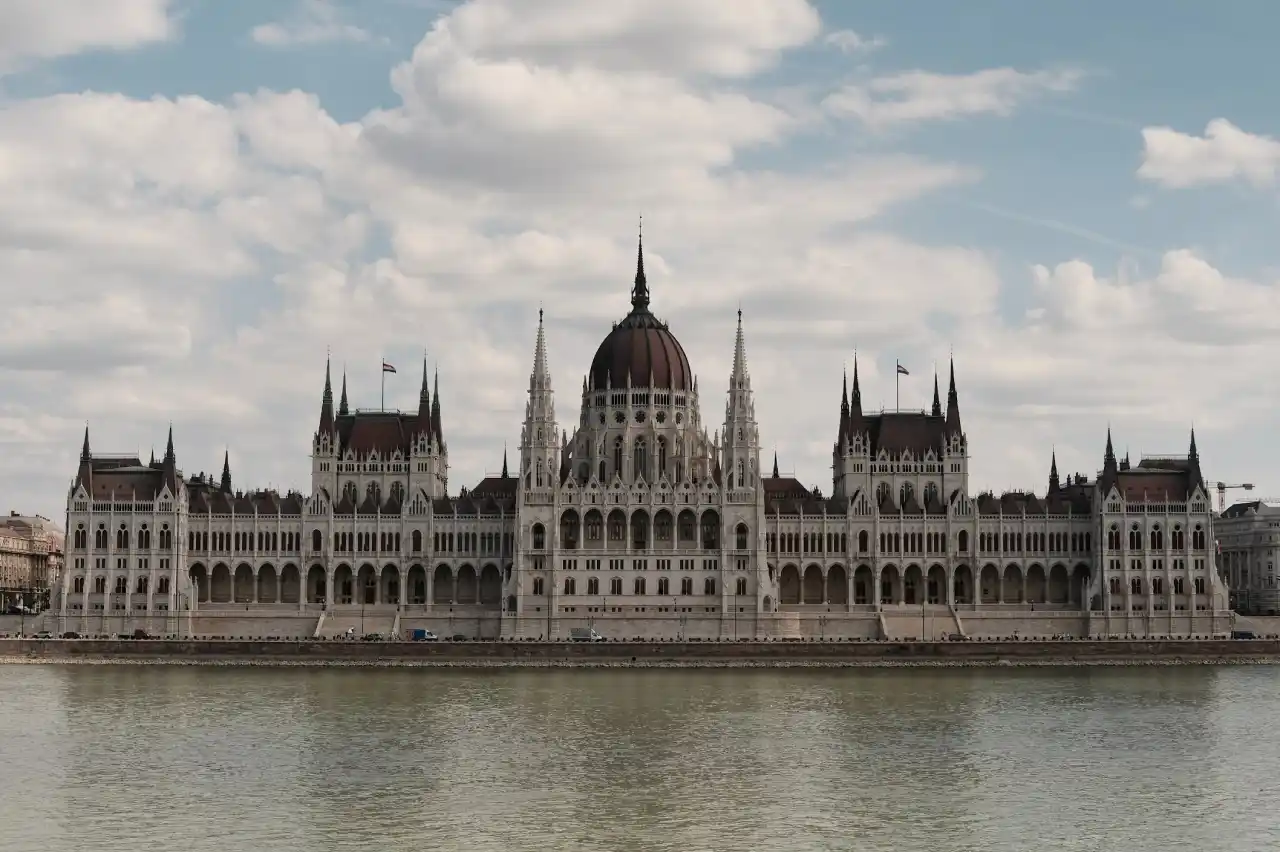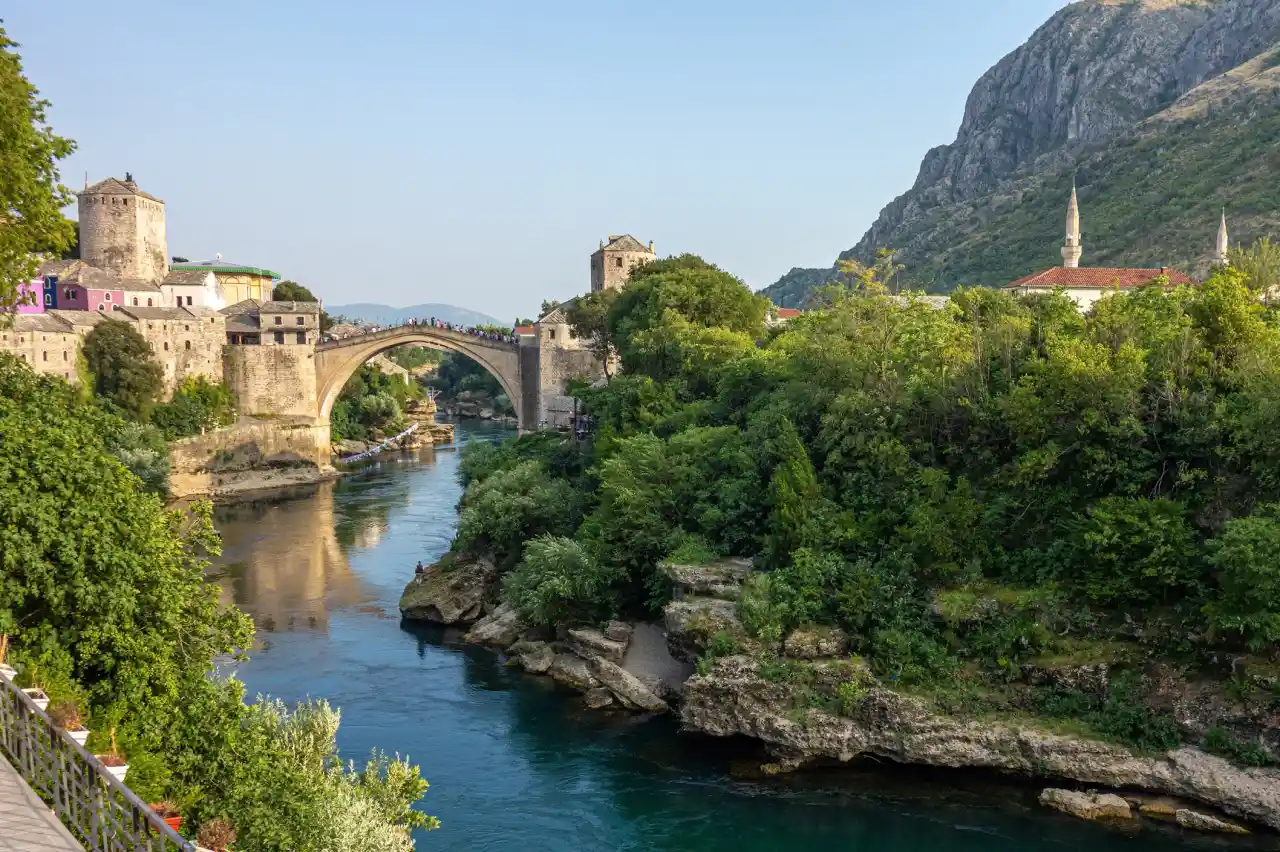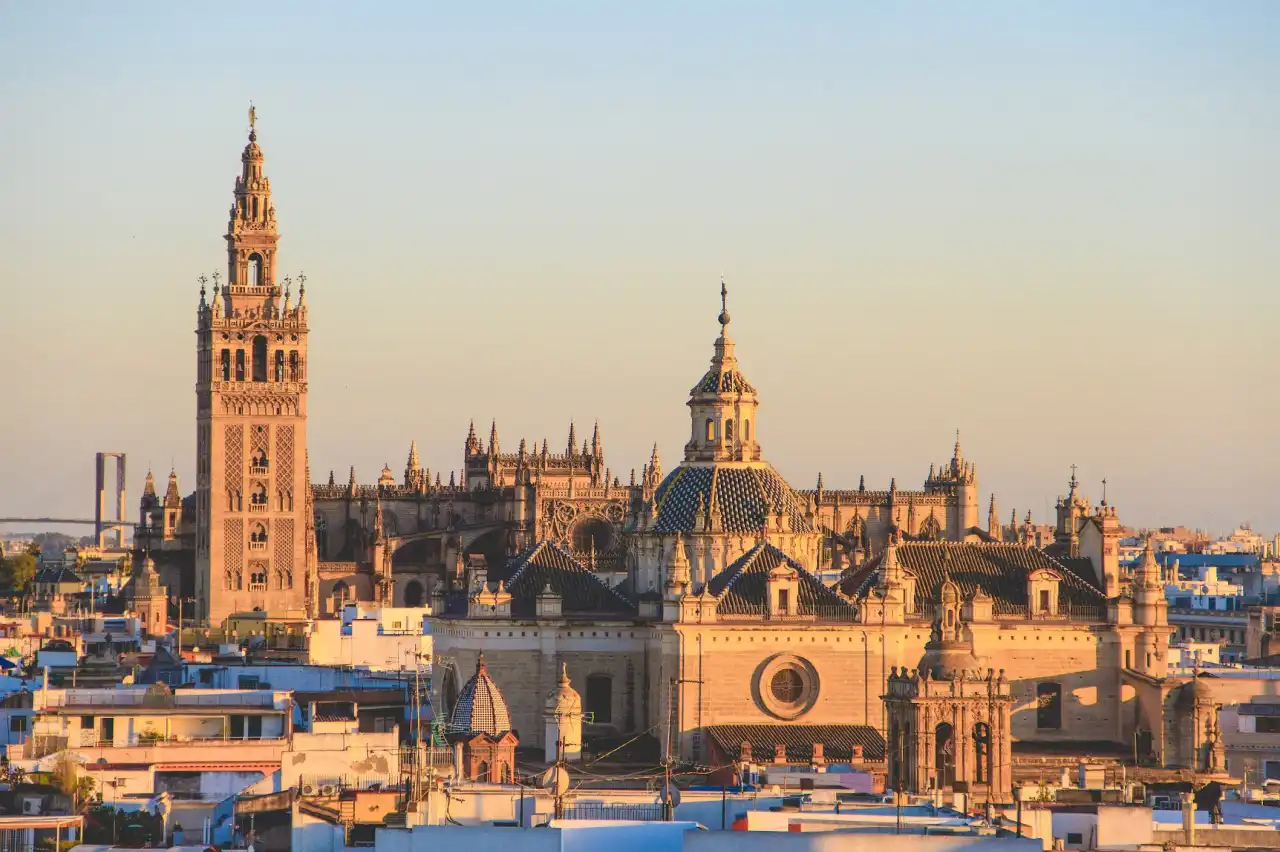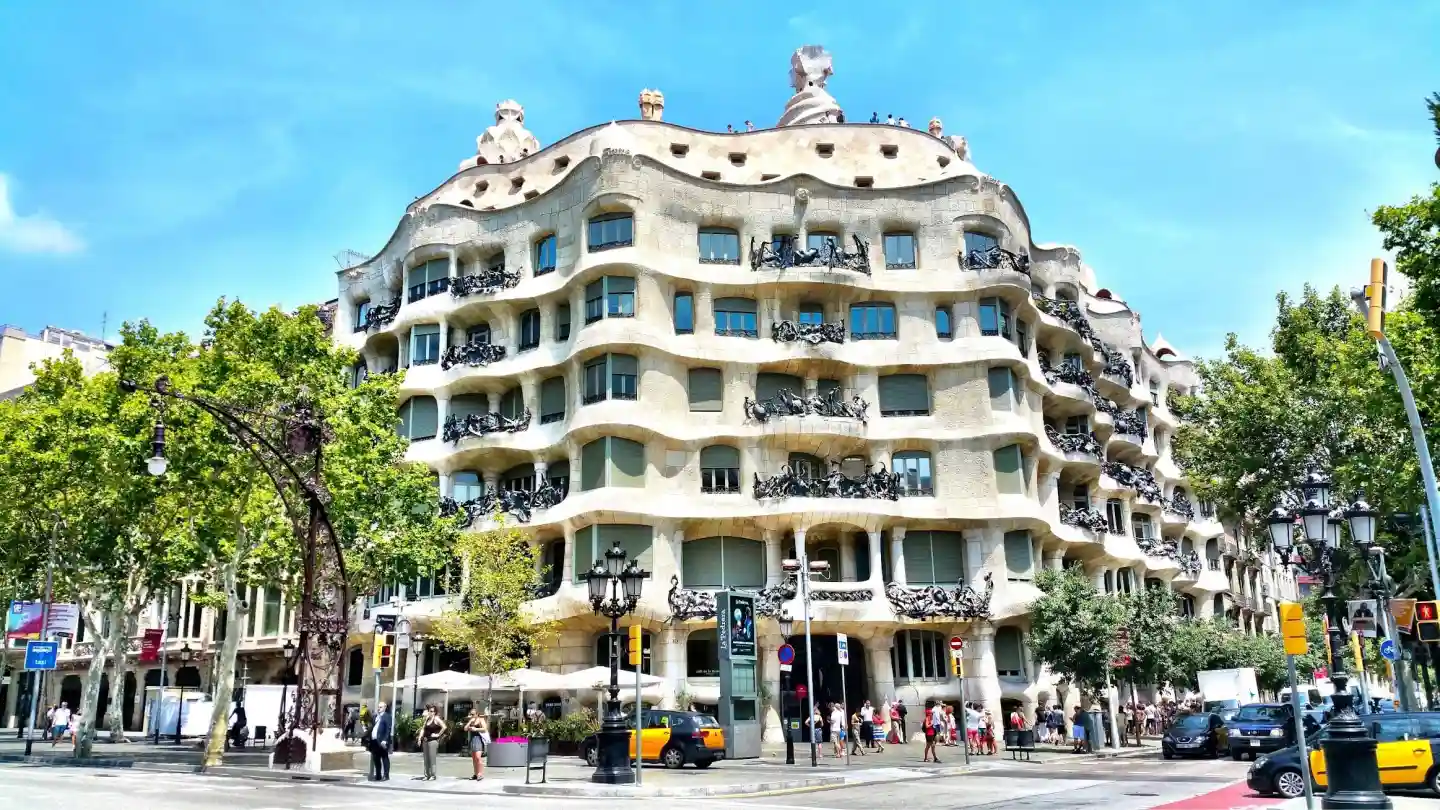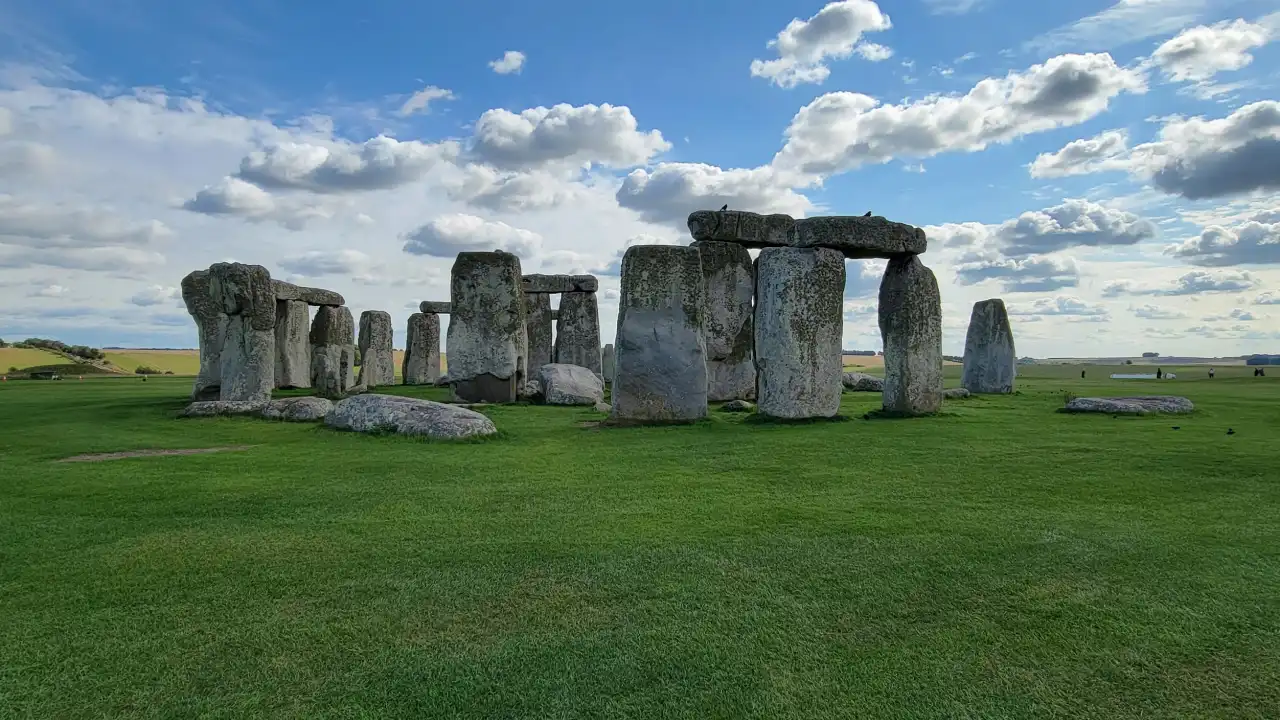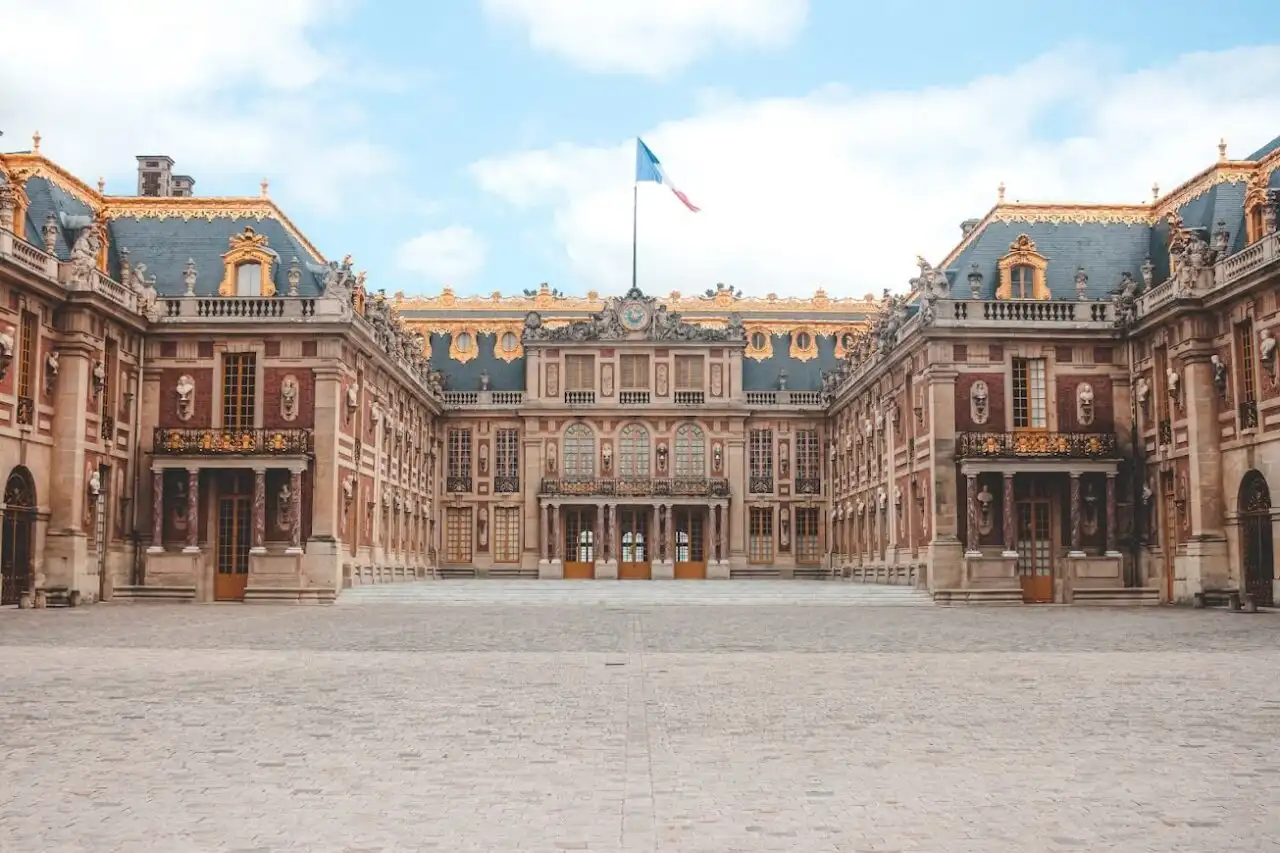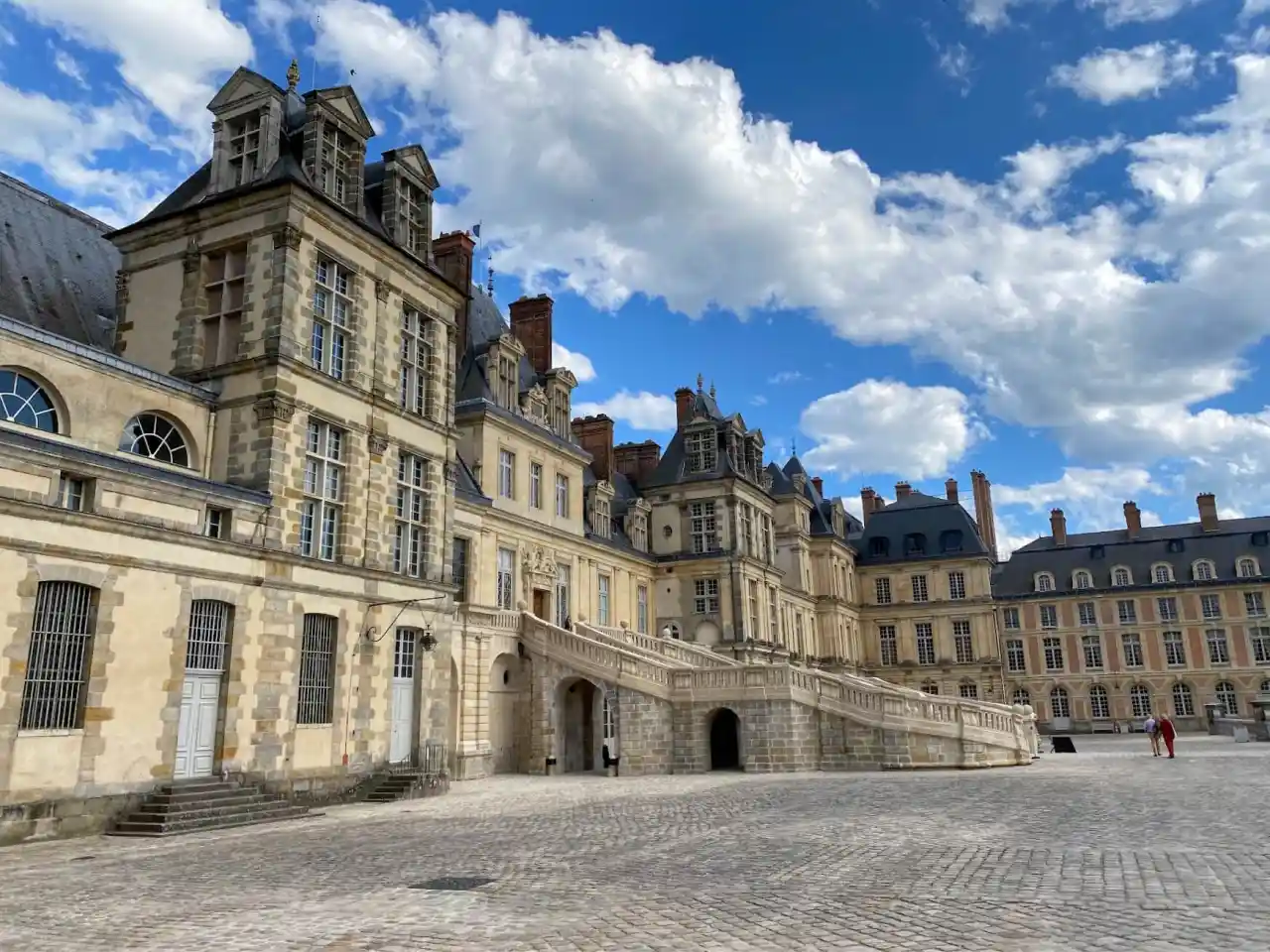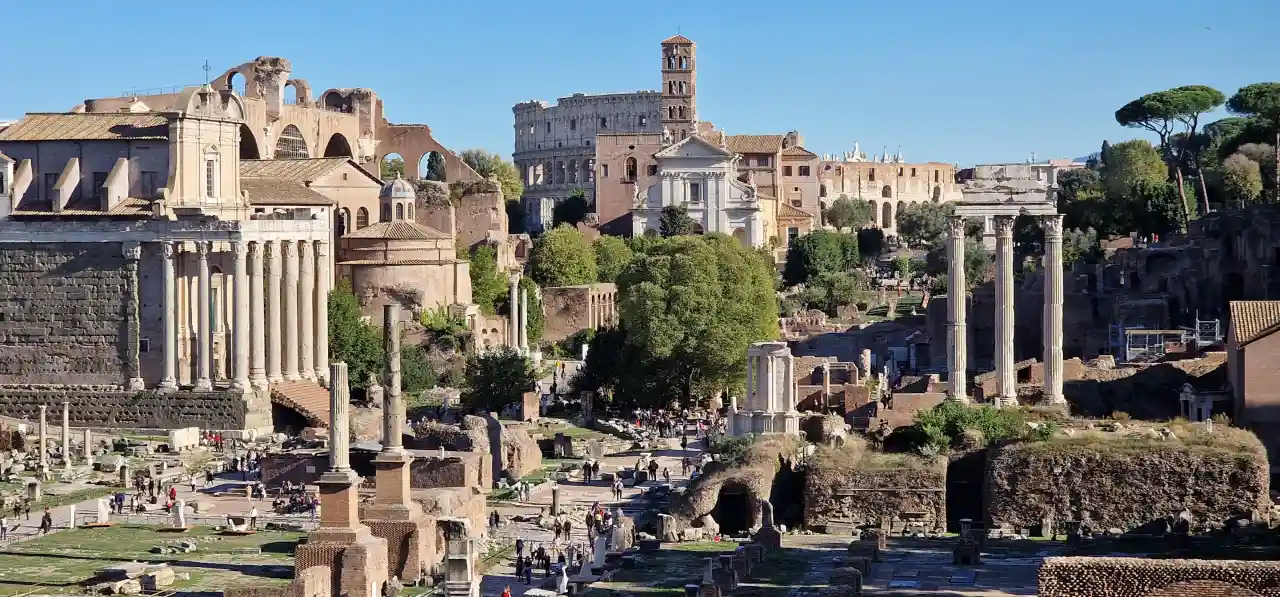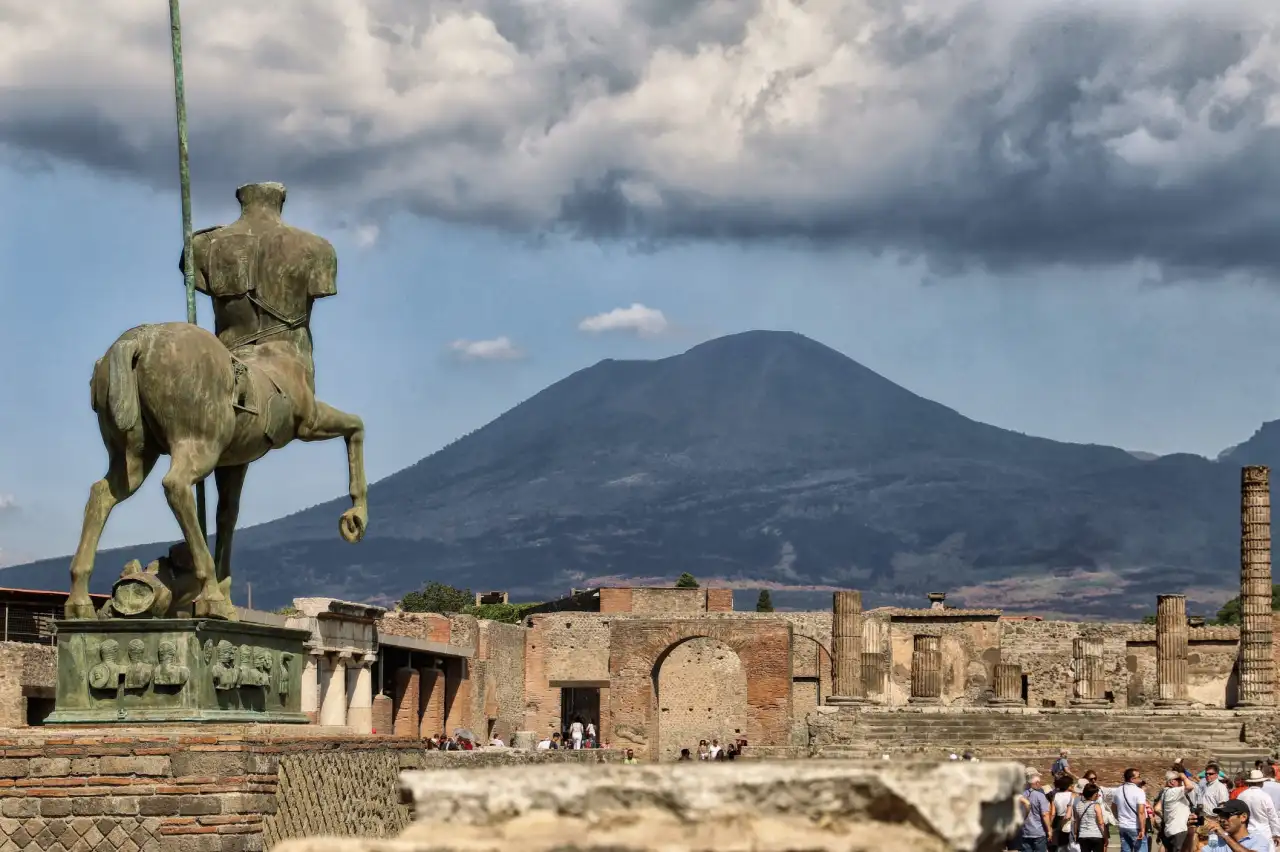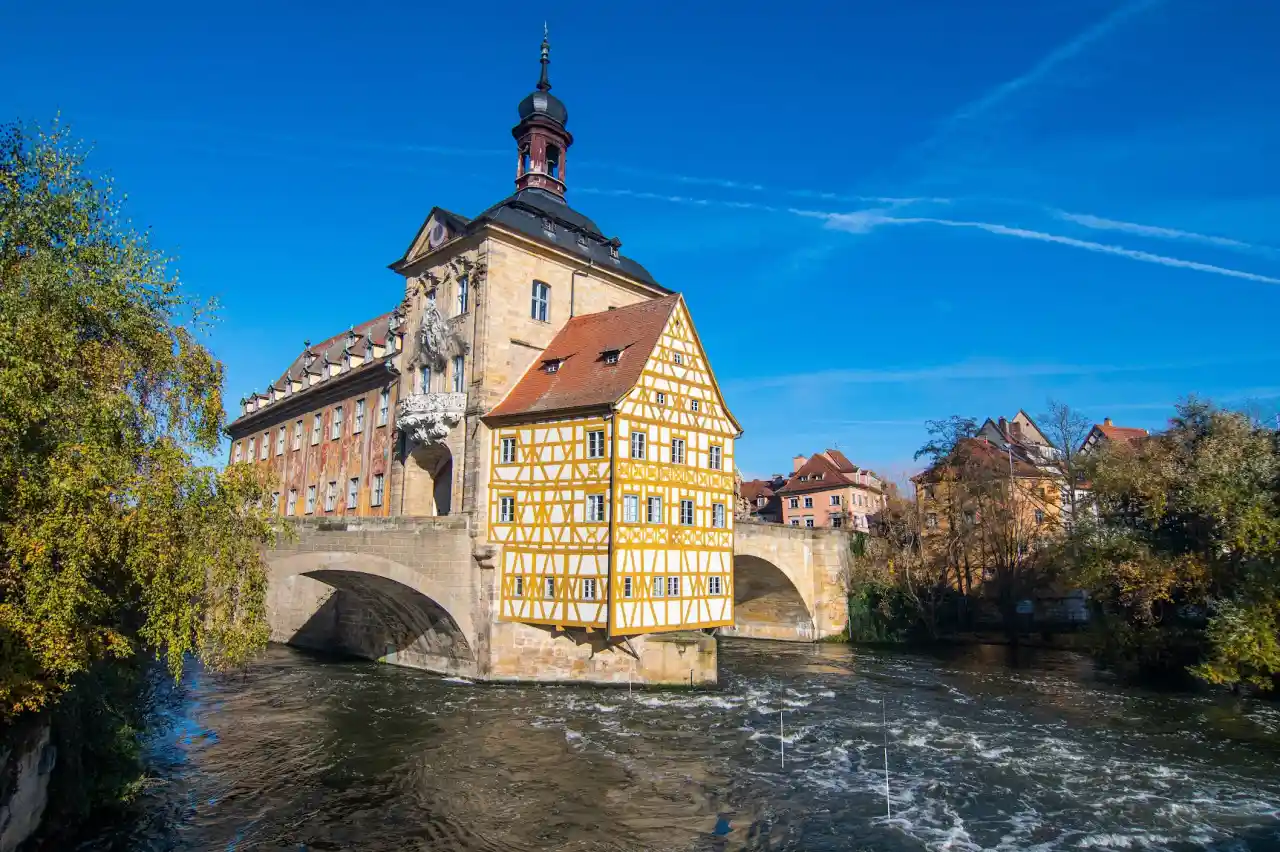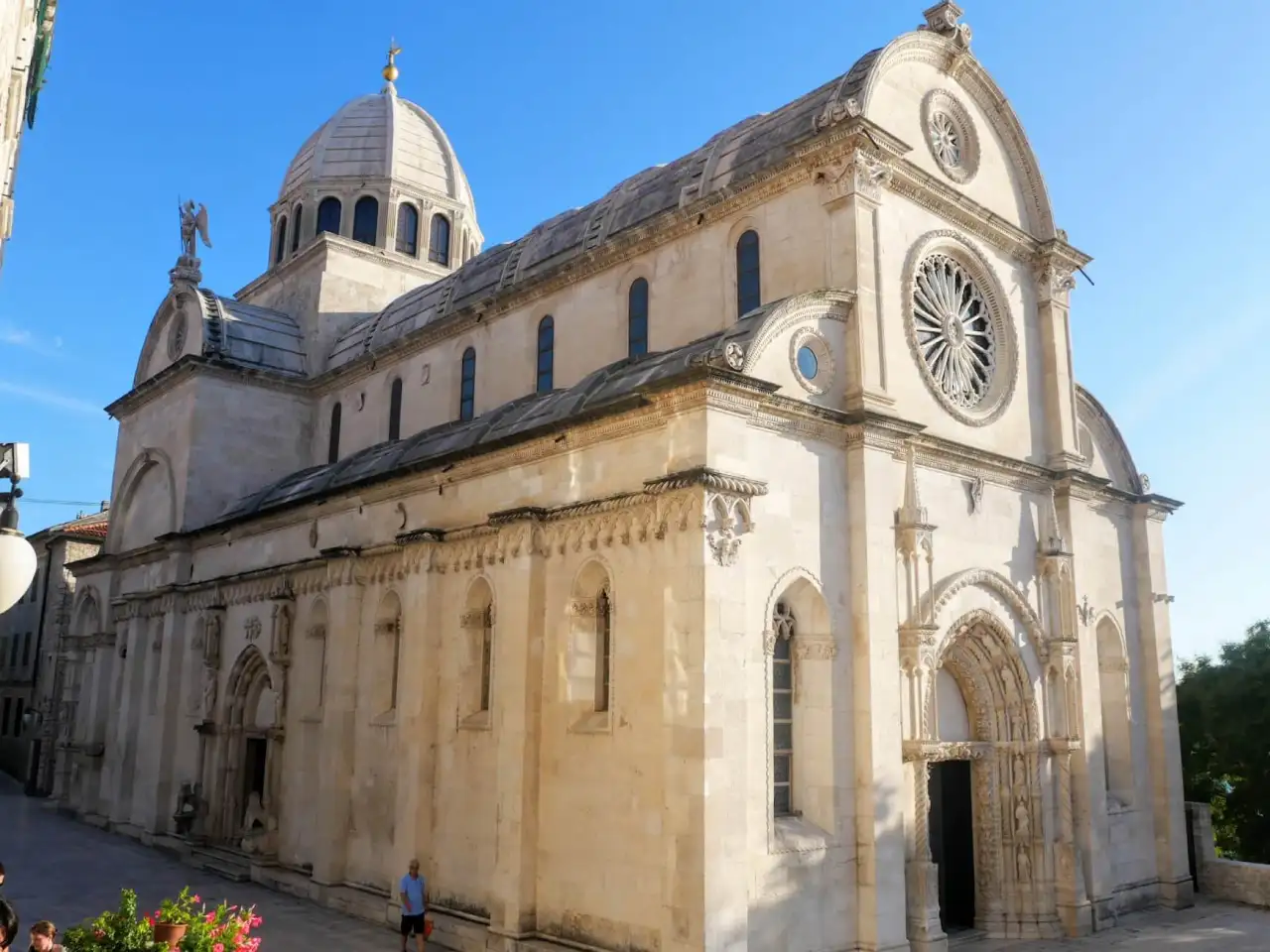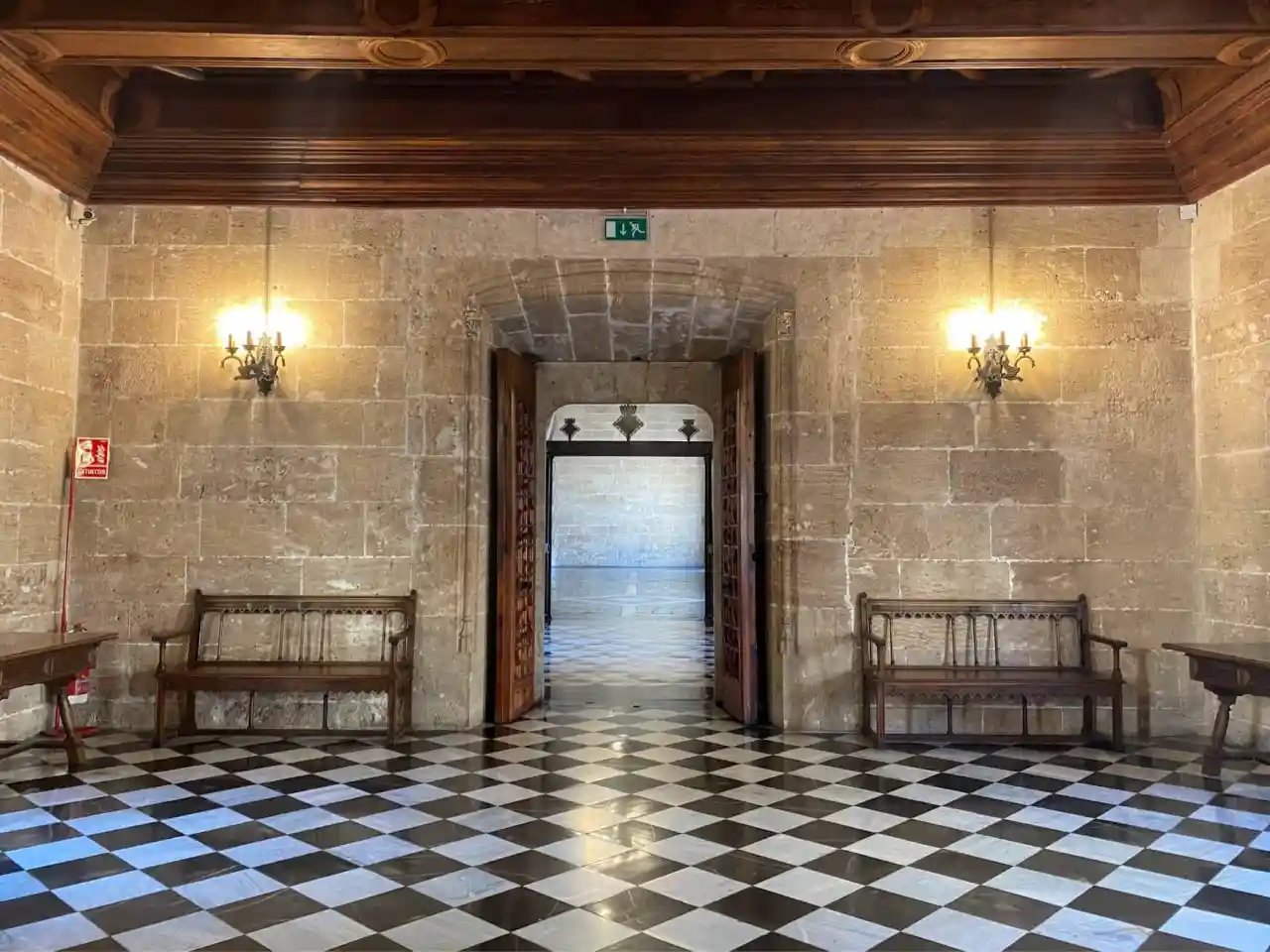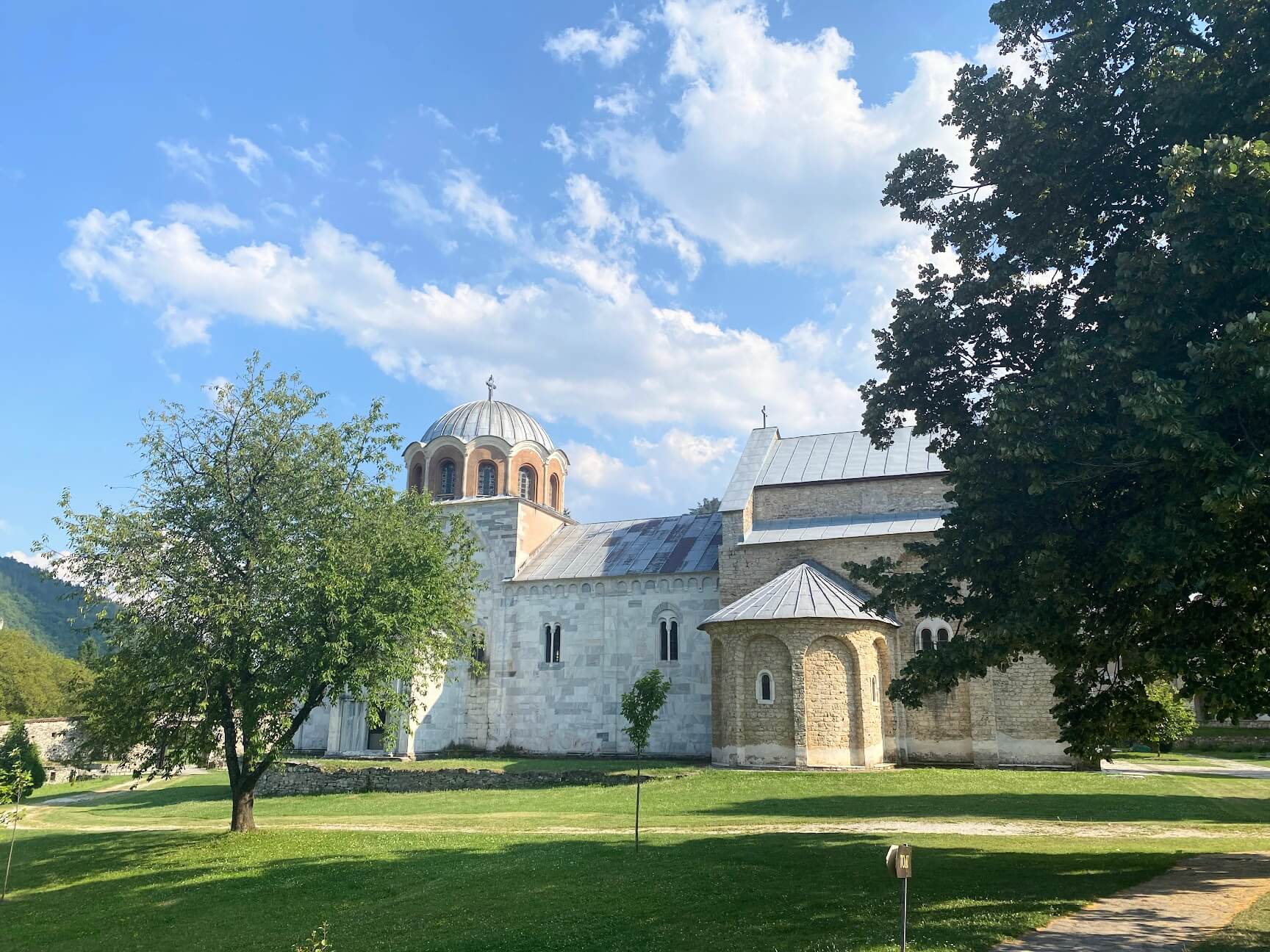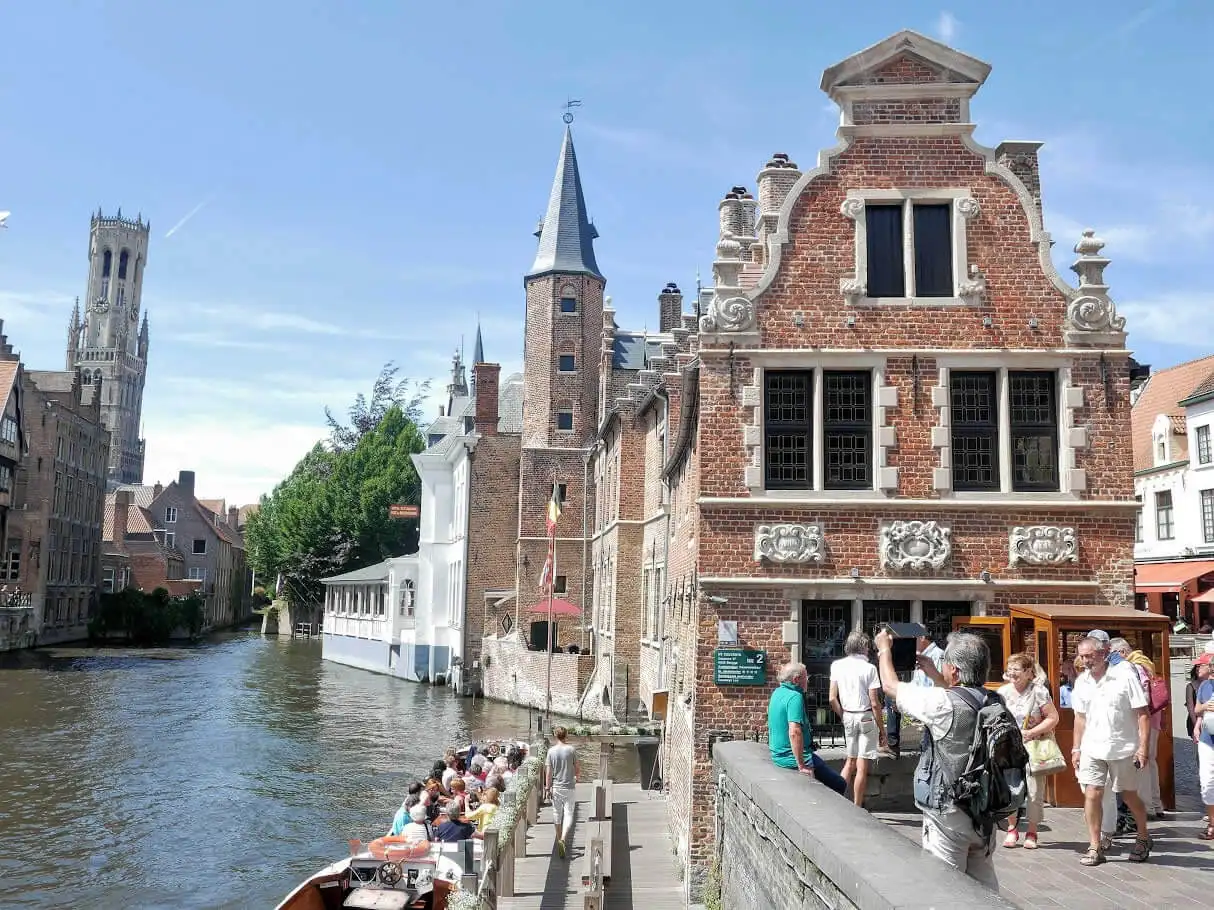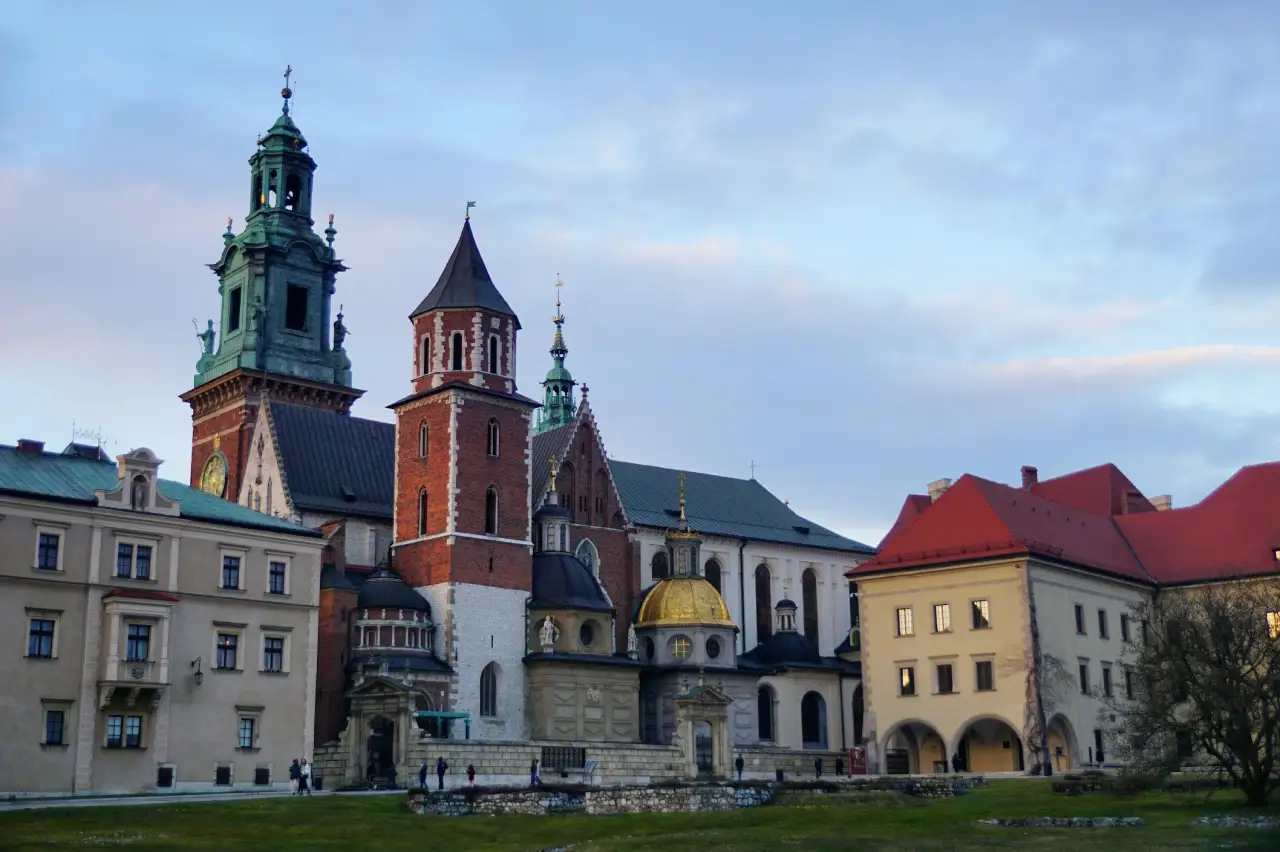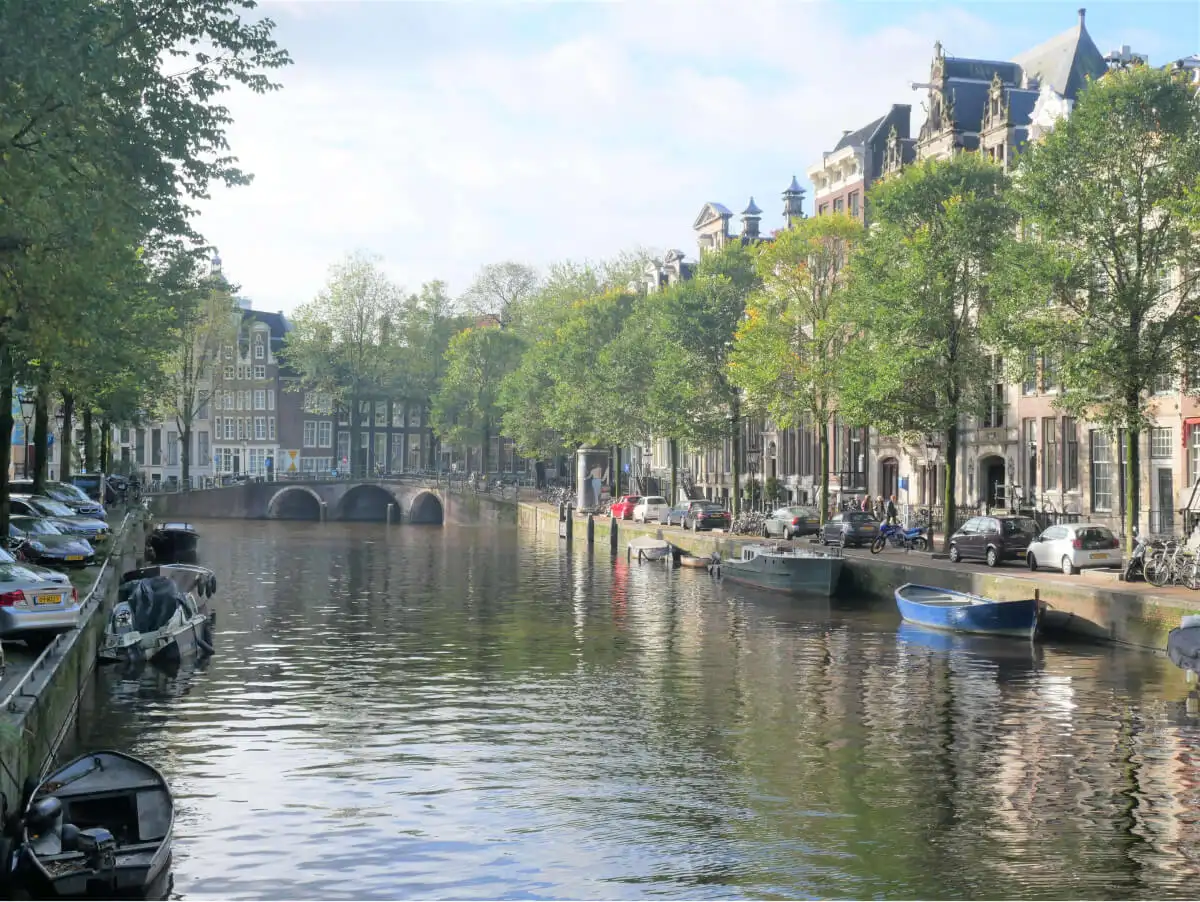With its long cultural history, Europe is home to many beautiful UNESCO World Heritage Sites. From prehistoric cave art, medieval cathedrals, and royal castles to the historical city centres, you’ll find them all over Europe. In this blog post, I selected 25 beautiful UNESCO World Heritage Sites in Europe worth visiting.
25 Beautiful UNESCO World Heritage Sites in Europe
World heritage sites are legally protected cultural or natural landmarks of extraordinary significance by the international convention provided by UNESCO. Because of its rich history marked by cultural sites, architecture, public art, urban areas and fascinating landmarks, you’ll find numerous fantastic UNESCO World Heritage Sites in Europe.
⤷ Read more: Cultural tourism explained – How to be a cultural tourist
1 – Mont-Saint-Michel and its Bay, France
Mont-Saint-Michele is a tidal island located in the Normandy region of France. It was a home to the abbey, established in the 8th century. However, because of its unique location, the island was also used as a prison in history. It could be reached by land during the low tide. However, with the tide change, it’s also surrounded by water at certain times. The difference between the low and high tide is around 14 metres (46 feet). Mont-Saint-Michel was listed as a UNESCO World Heritage Site in 1979.
2 – Banks of the Danube, Budapest, Hungary
Budapest, the capital of Hungary, has an important place on a list of the most beautiful UNESCO World Heritage Sites in Europe. Beautiful buildings and urban complexes were built on the Danube River banks throughout the centuries. The Roman city of Aquincum, the Buda Castle and the Parliament building are among some of the most fascinating landmarks there.
3 – Vatican City
Vatican may be one of the world’s smallest countries, but there is so much to see there. It’s home to well-known sites like the Saint Peter’s Basilica, the Vatican Museums and the Sistine Chapel. Being such an important place for Christianity, it’s where centuries of European art and culture are cherished. Many famous artists, such as Michelangelo, Bramante, Raphael or Bernini, worked on its architecture, making it a masterpiece deserving its place on the list of the most fascinating European UNESCO sites.
⤷ Read more: What to see in Vatican City
4 – Old Bridge Area of the Old City of Mostar, Bosnia and Herzegovina
The Mostar Old Bridge is the rebuilt bridge made in the 16th century Ottoman Empire. It’s located in the city centre, connecting two areas of Mostar. It’s one of the best examples of Islamic architecture in the Balkans. The area around it is home to numerous old Ottoman houses and edifices, witnessing a fascinating history of this town.
5 – Seville Cathedral, Spain
Together with the Seville Alcázar and Archivo de Indias, Seville Cathedral became the UNESCO protected area in that Spanish town in 1987. Completed in the early 16th century, with its five naves, Seville Cathedral is the largest Gothic building in Europe. The cathedral is also the burial place of Christopher Columbus.
⤷ Read more: 20 Most iconic churches in Europe
6 – Antoni Gaudí’s architecture in Barcelona, Spain
One of my favourite UNESCO World Heritage Sites in Europe is seven works made by the famous architect Antoni Gaudí in and around Barcelona. They include Park Güell, Palacio Güell, Casa Mila, Casa Vicens, Nativity façade and Crypt of Sagrada Família, Casa Batlló and Crypt in Colonia Güell. Antoni Gaudí has left such a strong influence on Barcelona’s architecture it’s no wonder that it was recognised by UNESCO, as well.
⤷ Read more: Exploring Gaudí’s architecture in Barcelona
7 – Tower of London, UK
The Tower of London is one of the most famous landmarks in the UK’s capital. It’s also one of the most well-known medieval fortresses. There is so much history, exciting stories and fascinating traditions linked to it. Because it’s a typical example of the Norman military architecture, the symbol of British royalty, and its historical and cultural significance, the Tower of London found its place on the UNESCO World Heritage List in 1988.
⤷ Read more: Tower of London – its history, highlights and a private tour
8 – Stonehenge, UK
Stonehenge is one of the most famous Prehistoric monuments in Europe, built at some point between 3000 BC and 2000 BC. It consists of two circles of massive stones, some four metres (13 feet) high. The researchers are still determining how it was made and for what purpose.
⤷ Read more: Afternoon Tea Tradition – Everything you should know about it
9 – Banks of the Seine, Paris, France
The banks of the River Seine witnessed Paris‘s development. Some of its most fascinating buildings are located there, like the Notre Dame Cathedral, Saint Chapelle, Grand and Petite Palace, the Louvre and the Eiffel Tower. It’s also one of the most interesting urbanism exampled with the many bridges crossing the Seine River and Haussmann’s boulevards, squares and typical buildings telling the story of the Paris urban development.
10 – Palace and Park of Versailles, France
Built in the 17th and 18th centuries, the Versailles Palace and its vast gardens soon became the model for Royal European palaces. It was the seat of French kings from Louis XIV to Louis XVI. Many famous architects, sculptors and painters worked on its construction, leaving one of the most famous landmarks in Europe. With around 15 million annual visitors, it’s one of the most visited tourist attractions in the world.
⤷ Read more: Ille-de-France travel diary
11 – Palace and Park of Fontainebleau, France
The Fontainebleau Palace is located some 55 kilometres (34 miles) southeast of Paris. Being home to French monarchs since the 12th century, it’s filled with history. Add to that it’s the birthplace of the Renaissance style in France and you have a great destination to visit for all the cultural tourists. It’s been on the UNESCO World Heritage List since 1981.
⤷ Read more: A trip from Paris – Fontainebleau Palace
12 – Historic centre of Rome, Italy
The City of Rome was one of the first cradles of European civilisation. Its entire historic centre is filled with art, culture and numerous fascinating buildings telling the history of that beautiful city. This fantastic European UNESCO World Heritage Site includes landmarks such as the Roman Forum, the Pantheon, Trajan’s Column, the Mausoleum of Augustus, and many more.
⤷ Read more: My travel diary – Four days in Rome
13 – Archaeological area of Pompeii, Italy
Together with Herculaneum and Torre Annunziata, Pompeii is one of Europe’s most special UNESCO World Heritage Sites. The Vesuvius eruption in 79 AD affected these areas. The huge tragedy left some of the best places to explore the Roman civilisation. The area has been archaeologically excavated since, making it to the UNESCO list in 1997.
⤷ Read more: 20 Archaeological sites you have to visit in Europe
14 – Historic centre of Florence, Italy
Florence is the capital of the Italian Renaissance and home to numerous fantastic masterpieces of architecture. So many talented artists like Dante Alighieri, Leonardo da Vinci, Michelangelo or Filippo Brunelleschi lived and worked there. Its museums and churches are treasuring world-class artworks. One of the most renowned buildings there is Florence Cathedral. Its construction started in 1296 in the Gothic style and was finished 150 years later. It’s the most famous today because of its dome, designed by a renowned Renaissance architect, Filippo Brunelleschi. It was an architectural masterpiece and, still, the largest brick dome ever built.
⤷ Read more: 10 Cultural spots to visit in Florence
15 – Piazza del Duomo, Pisa, Italy
The four medieval monuments on Piazza del Duomo in Pisa made it to the UNESCO World Heritage List in 1987. Built between the 11th and 14th centuries, the Pisa Cathedral, its Baptistery, the Campanile, also known as the Leaning Tower of Pisa, and the Cemetery greatly influenced the later architecture.
16 – Town of Bamberg, Germany
Located in the southern part of Germany, Bamberg was an important medieval town. The well-preserved Bamberg Cathedral, its historic centre and many medieval houses witness its prosperous history. The city layout still shows its medieval appearance. The Town of Bamberg has been listed as a UNESCO World Heritage Site since 1993.
17 – Museum Island, Berlin, Germany
Museum Island in Berlin is one of Europe’s most fascinating cultural sites. It comprises five world-class museums: Altes Museums, Neues Museum, Alte Nationalgalerie, Bode Museum and Pergamon Museum. The whole complex is regarded as a UNESCO World Heritage Site since 1999. The island dedicated to art and culture is one of the most visited places in Berlin.
⤷ Read more: Exploring Museum Island Berlin
18 – The Cathedral of Saint James in Šibenik, Croatia
The Saint James Cathedral in Šibenik is one of the most beautiful buildings in Croatia. Built for around one hundred years (1431-1535), it shows architectural elements of Gothic and Renaissance styles. Because of a special construction system, it’s a unique building made entirely from stone.
⤷ Read more: Best places to visit in Croatia
19 – Schönbrunn Palace and Gardens, Vienna
Schönbrunn Palace is one of the most beautiful castles in Europe. Located in Vienna, it was the seat of the Habsburg emperors from the 18th century until 1918. The splendid palace is home to 1441 rooms. Because of its fantastic architecture, numerous statues, works of applied art and craft and beautiful gardens, it found its place on the UNESCO World Heritage Sites list in 1996.
20 – Old City of Dubrovnik, Croatia
Dubrovnik, located in the south of Croatia, has a fascinating history. It was an independent state, the Republic of Ragusa, for a long time, which consisted of the old town of Dubrovnik and its surroundings. The Republic was quite progressive, and they adopted some modern laws quite early. Medical service was introduced in 1301, and the city pharmacy (still operating today) was established in 1317. The slave trade was abolished in 1418. This was also when Dubrovnik’s flag was created – a white flag with the Latin word ‘Libertas’ (‘Freedom’). Dubrovnik is famous for its massive fortification walls and an intact historic centre today.
⤷ Read more: Two days in Dubrovnik
21 – La Lonja de la Seda, Valenica
Lonja de la Seda is one of the most beautiful buildings in Valencia, built in the Valencian Gothic style. Its name could be translated as the Silk Exchange. It was a place where merchants could meet and sell their goods. However, it was also home to one of the first marine merchant tribunals in Spain.
The building is a unique example of secular Valencian Gothic architecture. Its main hall, The Contract Hall (Sala de Contratacion), is the most fascinating. Its elegant twisted columns witness this town’s importance during the 15th century.
⤷ Read more: 10 Things to do in Valencia for cultural tourists
22 – Studenica Monastery, Serbia
Studenica Monastery is the largest and one of the most important monasteries in Serbia. With its fantastic architecture and outstanding location in the middle of intact nature, it looks like a place out of this world. Besides its beautiful architecture, Studenica Monastery is also home to some fantastic medieval frescoes, by its artistic value unique in European art history. That was also recognised by UNESCO, which put it on its list of World Heritage Sites in 1986.
⤷ Read more: Studenica Monastery in Serbia
23 – Historic centre of Bruges, Belgium
The charming Belgian town of Bruges is one of the rare European cities that looks like it hasn’t changed at all throughout history. It experienced its Golden Age during the 15th century as a significant financial, art and cultural centre. Many buildings from that time can still be seen in the city. Because of its intact medieval town centre, Bruges became one of the most beautiful UNESCO World Heritage Sites in 2000.
⤷ Read more: Two days in Bruges – Exploring Bruges’ Golden Age
24 – Historic centre of Kraków, Poland
Founded in the 13th century, Kraków used to be the capital of Poland. This charming town kept its medieval appearance, with buildings like the Royal Wawel Castle, 14th-century fortifications, Kazimierz, and its numerous synagogues witness its history. Krakow Cathedral is a Gothic building where Polish kings were buried. Because of its significance, Krakow’s historic centre has been listed as a UNESCO World Heritage Site since 1978.
25 – Amsterdam Canals, the Netherlands
One of the first things that comes to mind when thinking of Amsterdam is its beautiful canals. There are songs written about them, more than 1,500 bridges crossing them, and they are depicted on probably every single postcard from Amsterdam. The canals at its city centre were built during the 17th century, making them a fantastic example of the urban planning of that time. Many canal houses and unique hofjes (courtyards) were also created during the same time.
⤷ Read more: Amsterdam 3 day itinerary
With such a rich cultural heritage, you’ll find numerous UNESCO World Heritage Sites in Europe. They make lovely destinations for cultural tourists to visit. Have you seen any of these sites? What are your favourite European UNESCO sites? Let me know in the comments!

